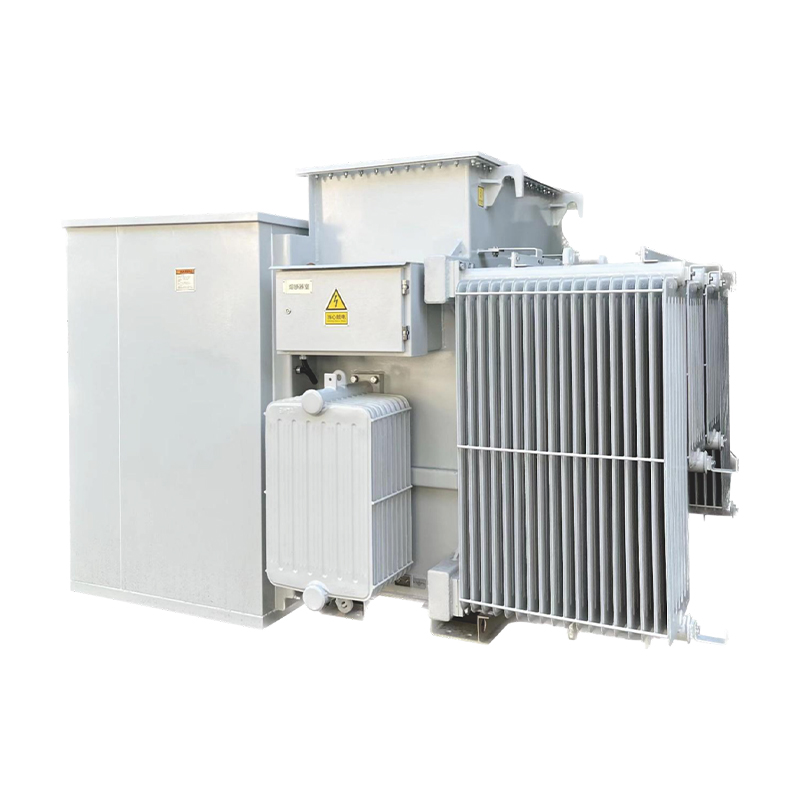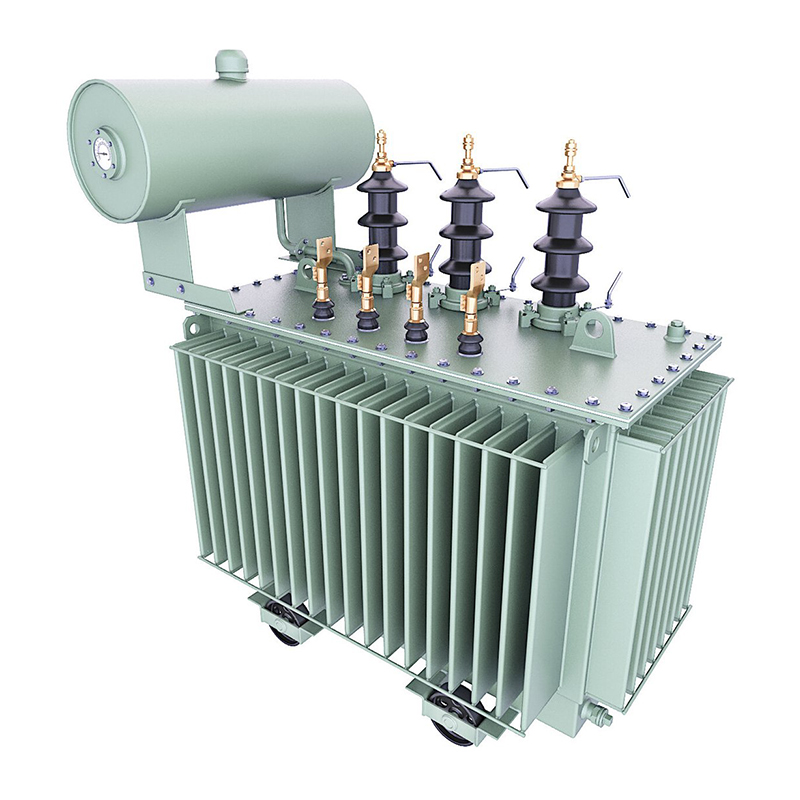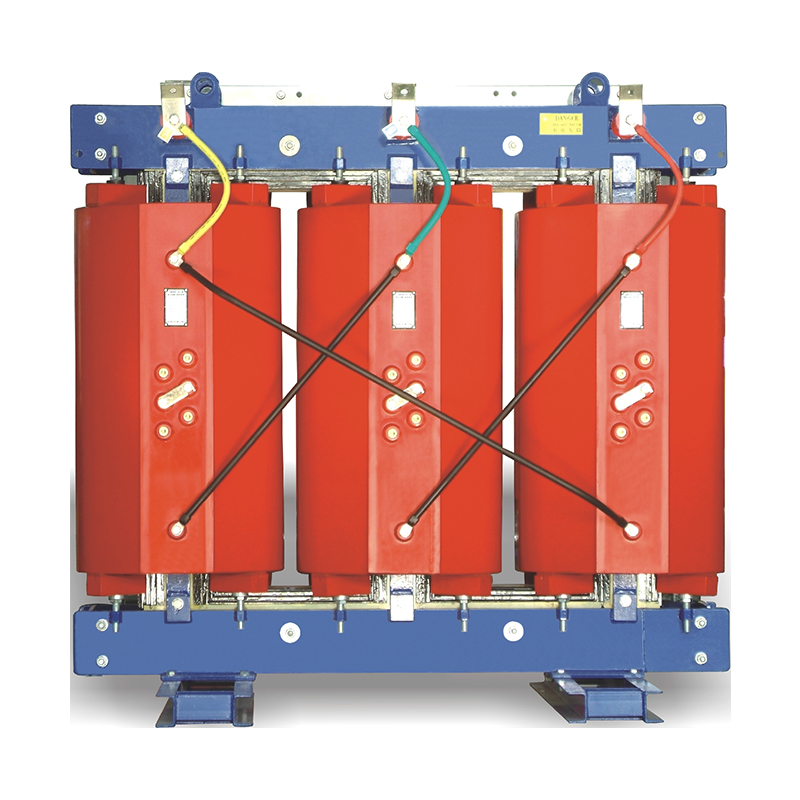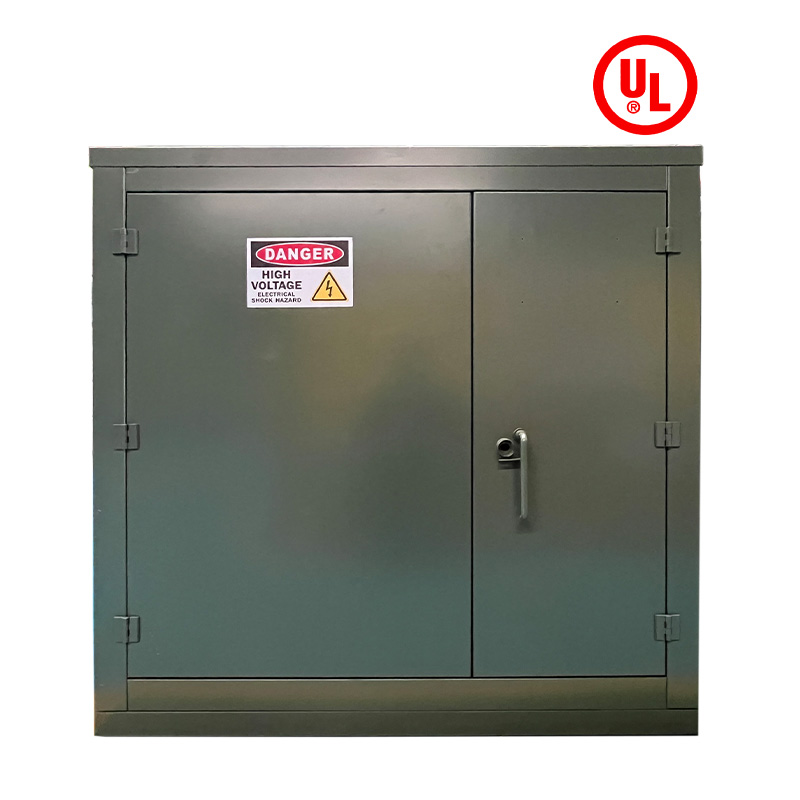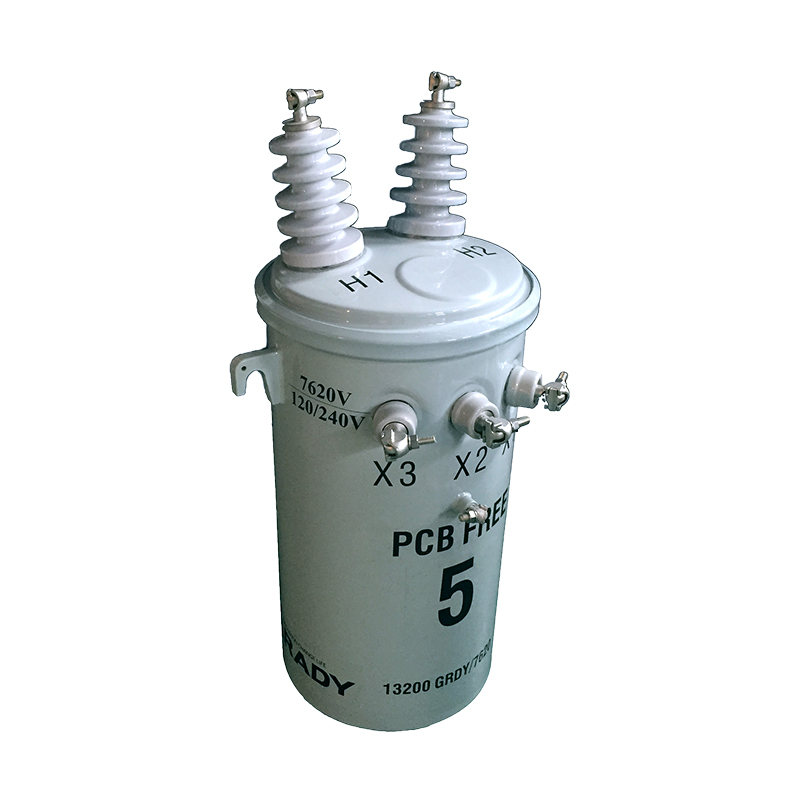Energy-Saving Renovation Technologies for High-Loss Power Transformers: Core and Winding Replacement
Iron Loss: Occurs in the transformer core due to hysteresis and eddy currents when exposed to alternating magnetic fields. Traditional cores made of hot-rolled silicon steel sheets (with high magnetic permeability but significant hysteresis loss) are a major contributor.
Copper Loss: Arises from the resistance of winding conductors during current flow. Older transformers often use low-conductivity copper or aluminum windings with larger cross-sections, leading to higher I²R losses, especially under heavy loads.
Design Limitations: Outdated winding layouts (e.g., non-optimized turns ratio) and poor insulation materials further exacerbate losses and reduce heat dissipation efficiency.
Amorphous Alloy Cores: Amorphous alloys (e.g., iron-based alloys with a disordered atomic structure) exhibit extremely low hysteresis loss—approximately 70% lower than traditional cold-rolled silicon steel (CRGO). Their high electrical resistivity also minimizes eddy current loss. However, amorphous alloys are brittle and require careful handling during manufacturing.
High-Grade CRGO Steel: For applications where amorphous alloys are cost-prohibitive, high-grade CRGO steel (e.g., 0.23mm thick with grain orientation) offers 30–40% lower iron loss than older hot-rolled varieties. Its improved magnetic properties ensure efficient flux conduction.
Step-Lap Joint Design: Replacing traditional butt joints with step-lap joints reduces magnetic flux leakage at the core corners, lowering localized losses by 15–20%.
Thinner Laminations: Using 0.18–0.23mm thick laminations (compared to 0.3–0.5mm in old cores) decreases eddy current loss, as thinner layers limit current circulation within individual sheets.
Vacuum Annealing: Post-assembly annealing eliminates residual stress in the core, restoring magnetic permeability and ensuring uniform flux distribution.
Core Dismantling: The old core is carefully disassembled, with windings and insulation removed to avoid damage to reusable components.
New Core Fabrication: Laminations of selected materials are cut, stacked, and bonded using epoxy adhesives to form the new core, ensuring tight tolerances to minimize air gaps.
Testing: The new core undergoes magnetic flux testing and iron loss measurement to verify performance against design specifications (e.g., IEC 60076-2).
High-Conductivity Copper: Oxygen-free high-conductivity (OFHC) copper, with a conductivity of 101% IACS (International Annealed Copper Standard), reduces resistance by 5–10% compared to standard electrolytic copper used in old windings.
Aluminum Alloys: For cost-sensitive applications, aluminum conductors with enhanced conductivity (e.g., AA 1350 alloy) combined with copper cladding (to improve solderability) offer a viable alternative, though their conductivity is ~61% IACS, requiring larger cross-sections than copper.
Multi-Strand Conductors: Using Litz wire (stranded conductors insulated from each other) reduces skin effect and proximity effect losses at high frequencies, critical for transformers serving non-linear loads (e.g., inverters).
Optimal Turns Ratio: Redesigning the turns ratio based on actual grid voltage conditions minimizes no-load losses, especially in transformers operating at voltages deviating from nominal values.
Improved Insulation: Replacing paper or cloth insulation withNomex® or epoxy-impregnated materials enhances thermal stability, allowing higher current densities without overheating.
Winding Removal: Old windings are stripped, and the core is cleaned to prepare for new winding installation.
Conductor Winding: Automated winding machines ensure uniform tension and precise turns count, reducing inter-turn capacitance and improving voltage distribution.
Impregnation and Curing: Windings are vacuum-impregnated with epoxy resin to eliminate air bubbles, then cured at high temperatures to form a rigid, heat-resistant structure.
Loss Calculation: Conduct tests (e.g., short-circuit and open-circuit tests per IEC 60076-1) to quantify current iron and copper losses, establishing a baseline for energy savings.
Mechanical Evaluation: Inspect the transformer tank, bushings, and cooling system to ensure they can accommodate the new core and windings, modifying them if necessary.
Core-Winding Alignment: Precise alignment minimizes leakage flux between the core and windings, reducing stray losses.
Pressure Testing: The renovated transformer undergoes pressure testing (e.g., 0.1MPa for oil-immersed units) to check for oil leaks or gas tightness.
Performance Testing: Post-assembly tests include no-load loss, load loss, and efficiency measurements to verify compliance with targets (e.g., achieving IE3 efficiency class per IEC 60076-12).
Grid Integration: Gradually energize the transformer and monitor parameters (temperature, vibration, loss) under actual load conditions for 1–3 months.
Data Logging: Install smart sensors to track real-time energy consumption, comparing it with pre-renovation data to validate savings.
Energy Efficiency Improvement: Core and winding replacement typically reduces total losses by 40–60%. For a 10MVA high-loss transformer, this translates to annual energy savings of 50,000–150,000 kWh.
Payback Period: Despite renovation costs (20–40% of a new transformer), the payback period is usually 3–7 years, depending on electricity prices and load factors.
Extended Lifespan: Renovated transformers can operate for an additional 15–20 years, deferring the need for new purchases and reducing capital expenditure.
Environmental Impact: Reduced energy consumption lowers carbon emissions—each 100,000 kWh saved corresponds to approximately 50–80 tons of CO₂ reduction annually.
Iron loss reduced from 25kW to 8kW.
Copper loss at full load decreased from 80kW to 45kW.
Annual energy savings: ~120,000 kWh, with a payback period of 4.5 years.
Total losses cut by 52%.
Efficiency improved from 95.2% to 97.8% at 75% load.
Qualified for EU energy efficiency subsidies, shortening the payback period to 3 years.
Technical Risks: Poor core-winding alignment may increase stray losses. Mitigation: Use laser alignment tools during assembly.
Cost Constraints: Amorphous alloy cores are 2–3 times more expensive than CRGO. Mitigation: Opt for hybrid designs (amorphous core with CRGO yokes) to balance cost and performance.
Downtime: Renovation takes 2–4 weeks, disrupting power supply. Mitigation: Schedule work during low-demand periods and use temporary transformers.
Relatenews
- Architecture Design of IoT-Based Monitoring System for Power Transformers 2025-09-05 15:27:00
- Judgment Standards and Oil Change Process for Power Transformer Oil Deterioration 2025-09-05 15:23:00
- Design and Mechanical Strength Verification of Short-Circuit Withstand Capability for Power Transformers 2025-09-05 15:19:00
- The Role of Power Transformers in Voltage Regulation within Power Systems 2025-08-25 08:14:00
- Environmental Regulations and Technical Measures for Power Transformer Noise Control 2025-08-25 08:12:00
- The Application of Big Data Analytics in Power Transformer Fault Prediction 2025-08-25 08:11:00
- Impact of Distributed Generation Integration on Load Characteristics of Power Transformers 2025-08-16 09:43:00
- Conditions and Protection Coordination Strategies for Parallel Operation of Power Transformers 2025-08-16 09:42:00





